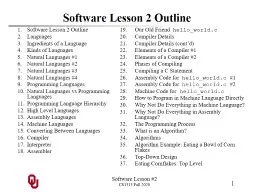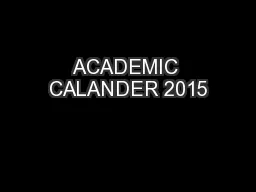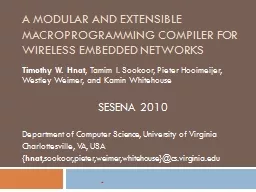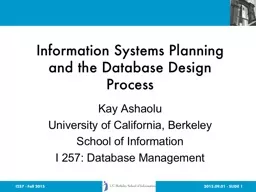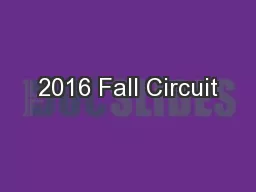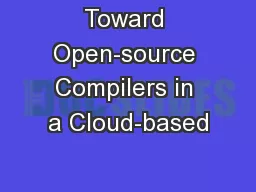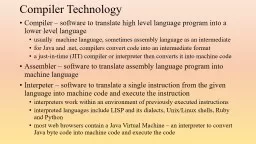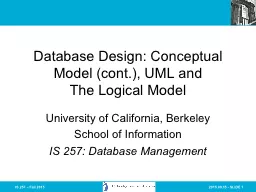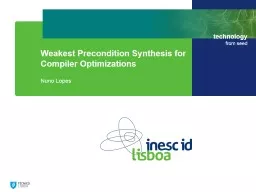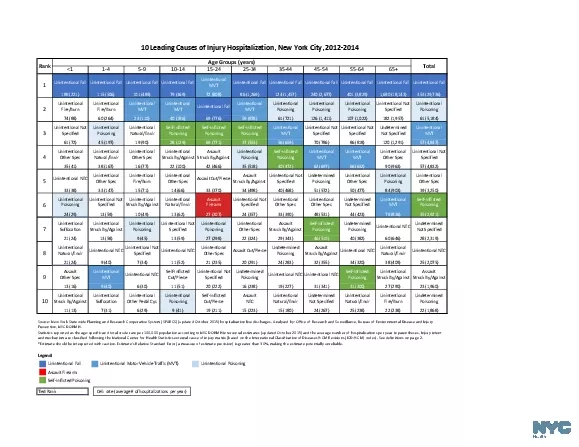PPT-Fall 2015-2016 Compiler Principles
Author : webraph | Published Date : 2020-06-22
Exercise Set Lowering and Formal Semantics Roman Manevich BenGurion University of the Negev Q1 Extending Boolean expressions We would like to extend the set of Boolean
Presentation Embed Code
Download Presentation
Download Presentation The PPT/PDF document "Fall 2015-2016 Compiler Principles" is the property of its rightful owner. Permission is granted to download and print the materials on this website for personal, non-commercial use only, and to display it on your personal computer provided you do not modify the materials and that you retain all copyright notices contained in the materials. By downloading content from our website, you accept the terms of this agreement.
Fall 2015-2016 Compiler Principles: Transcript
Download Rules Of Document
"Fall 2015-2016 Compiler Principles"The content belongs to its owner. You may download and print it for personal use, without modification, and keep all copyright notices. By downloading, you agree to these terms.
Related Documents

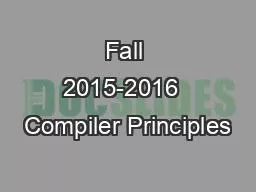
![IITian's PACE Education Pvt. Ltd. [DELHI NCR] All Batches TIME TABLE
.](https://thumbs.docslides.com/132863/iitian-s-pace-education-pvt-ltd-delhi-ncr-all-batches-ti.jpg)
